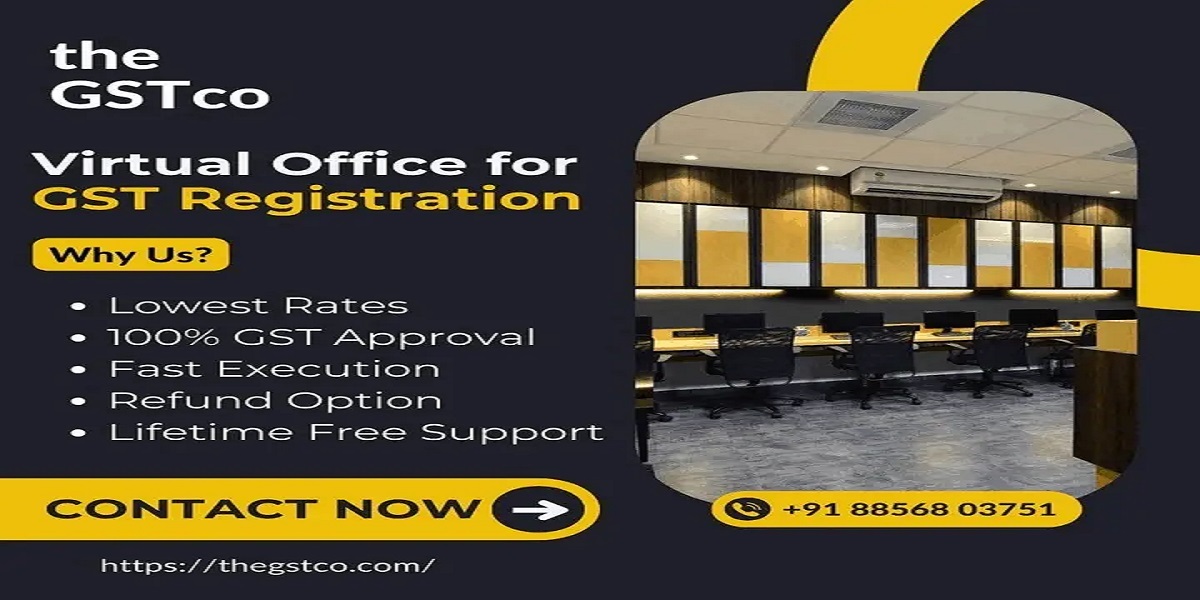Introduction to Marketing for Virtual Business Solutions
Marketing for Virtual Place of Business (VPBs) requires a strategic approach tailored to remote operations. As businesses increasingly adopt remote work solutions, marketing becomes essential for reaching potential users. This article explores effective ways to promote VPBs, ensuring they gain visibility in a competitive market.
Understanding Target Audiences for Virtual Places of Business
To begin, identifying the target audience is crucial. Virtual places of business appeal to a range of users, from freelancers to corporations. Each segment has unique needs and requires distinct messaging to resonate with the service.
Key Audience Segments
- Small Business Owners: They often seek flexible and affordable solutions.
- Freelancers and Remote Workers: These users prioritize flexibility and accessibility in their workspaces.
- Corporations and Large Enterprises: Larger organizations look for scalable and professional solutions.
Understanding each group’s specific needs allows marketers to create tailored messages. By doing so, campaigns can better capture attention and drive engagement.
Creating a Strong Brand Message
Once the target audience is defined, developing a clear and compelling brand message is next. A strong brand message communicates the purpose of the virtual place of business and its key features. It must resonate with users who seek virtual workspace solutions.
Building Brand Consistency
To build trust, consistency in branding is essential across all platforms. This includes using a recognizable logo, color scheme, and tone of voice. Each detail reinforces the brand’s identity and aids in establishing a reliable presence in the market.
Emphasizing Unique Selling Points
Each virtual place of business offers distinct features that set it apart from competitors. Highlighting these unique selling points (USPs) in marketing materials helps attract users. Key points might include seamless onboarding, customization options, or high levels of data security.
Utilizing Digital Marketing Channels Effectively
Digital marketing channels play a major role in reaching potential users. Social media, email marketing, and paid ads are powerful tools for promoting VPBs. Selecting the right platforms ensures that marketing efforts are directed at users actively seeking virtual business solutions.
Leveraging Social Media Platforms
Social media platforms like LinkedIn and Twitter are ideal for connecting with professionals. Regularly sharing updates, success stories, and tips related to virtual work builds engagement. These platforms provide opportunities to showcase VPB features, drawing interest from freelancers and businesses alike.
Implementing Email Marketing Campaigns
Email marketing allows for direct communication with potential clients. Sending regular newsletters with valuable content keeps the audience informed. By segmenting email lists, marketers can ensure messages are relevant and timely.
Showcasing Success Stories and Testimonials
Including success stories and testimonials is a valuable way to establish credibility. Real-life experiences demonstrate the impact of a virtual place of business. This approach provides social proof, which builds confidence in prospective clients considering VPBs.
Crafting Case Studies
Case studies are in-depth stories that illustrate specific uses of the virtual place of business. They can showcase how a particular business benefitted from the platform, detailing the challenges faced and the outcomes achieved. Case studies provide a structured and persuasive narrative, which is highly effective in marketing.
Incorporating User Testimonials
User testimonials add a personal touch to marketing campaigns. By sharing authentic feedback, marketers can humanize the brand, making it relatable to potential users. Testimonials from businesses across industries offer a broad perspective, appealing to various audience segments.
Engaging Content Marketing Strategies
Content marketing is a valuable strategy for establishing authority in the market. Blogs, guides, and webinars allow potential users to learn about the benefits and features of virtual places of business. High-quality content can educate the audience while promoting the platform’s offerings.
Publishing Informative Blog Posts
Blogging provides opportunities to cover relevant topics in detail. For instance, blogs can focus on remote work tips, trends, and industry insights. Regularly updating the blog with valuable content helps build a reputation as an expert in the virtual business space.
Hosting Webinars and Tutorials
Webinars offer a direct way to engage with the audience and showcase features in real-time. Live sessions allow potential users to ask questions, which builds trust and transparency. Tutorials further demonstrate how users can navigate and make the most of the platform.
Optimizing for Search Engines (SEO)
Search engine optimization (SEO) is essential for improving visibility in search results. By targeting keywords related to virtual places of business, the platform can attract organic traffic. SEO strategies help connect with users actively searching for virtual office solutions.
Keyword Research and Content Optimization
Keyword research identifies relevant terms and phrases that potential clients search for. Including these keywords in website content, blogs, and descriptions enhances visibility. Optimized content increases the likelihood of reaching users at different stages of their decision-making journey.
Building Quality Backlinks
Backlinks from reputable websites improve search engine rankings. Collaborating with industry blogs, news sites, and influencers can help generate quality backlinks. This practice not only enhances SEO but also extends the platform’s reach within the business community.
Conclusion
Marketing for virtual places of business requires a strategic approach, focusing on audience understanding, branding, and digital channels. Through a blend of targeted messaging, digital engagement, and content-driven strategies, VPBs can effectively connect with diverse audiences. In a dynamic market, staying visible and relevant ensures sustained growth for virtual business solutions.




